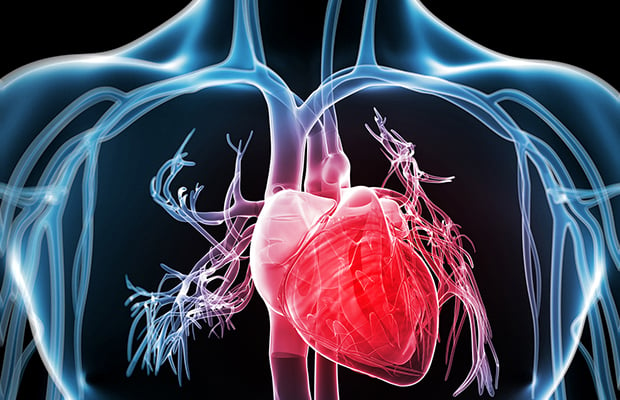Losing her brother and mum
Thanieth Khan, a 27-year-old recruitment and care coordinator from Birmingham, hasn’t always found it easy to talk about her inherited heart condition. But when her older brother Bilal died of a cardiac arrest at 26, she found the courage to speak about her health.
“We’d just had Bilal’s wedding and then all of a sudden he’s gone.” After her brother died, which was soon after their mum’s death at age 42, Thanieth found it difficult to carry on.
Being diagnosed with hypertrophic cardiomyopathy
The underlying cause of both her brother’s and mum’s death was hypertrophic cardiomyopathy (HCM), an inherited condition that causes thickening of the heart muscle. It can make it harder for the heart to pump blood around the body. If untreated, HCM can lead to heart failure and irregular heart rhythms which can, in serious cases, lead to sudden death. The challenge is that some people won’t have symptoms and may never be diagnosed.
Thanieth discovered she had HCM at 14, when her younger brother Hamza collapsed in school. This led to all her siblings getting tested for the condition.
Want to get fit and healthy?
Sign up to our fortnightly Heart Matters newsletter to receive healthy recipes, new activity ideas, and expert tips for managing your health. Joining is free and takes two minutes.
I’d like to sign up
The reassurance of an ICD
After this, her life continued as normal. This changed in her mid-20s when she was pregnant with her second child. She felt out of breath a lot and suffered severe pain in her chest. She gave birth without problems, but when Bilal died in late 2019, Thanieth was fast-tracked by the NHS to get fitted with an ICD (implantable cardioverter defibrillator). Her ICD is linked to a monitor which sends readings of her heart’s activity to her local hospital: “With the ICD and monitor, and the medication I’m on, I feel more secure.”
We helped to power research that found the cause of HCM
Thanieth is thankful for BHF research that helped to discover the gene that causes HCM. We’ve also helped to expand genetic testing so that more people can find out if they are living with what has been described as a silent killer. “It means more people can be diagnosed, begin treatment, and have a better chance of living a longer life,” she says.
Thanieth’s children Abdullah, six, and Aisha, five, have both been tested for the condition. No faulty genes that can cause HCM have been found in them, but not all of the genes that cause HCM have been discovered. So they’ll be checked every two years because the condition often emerges later in life.
Sharing the importance of BHF research
To raise awareness, she shares her story on social media: “Others got in touch, telling me about their experiences. You sometimes think it’s only you but there’s a lot of people going through similar situations. Sharing your story can give you strength.”
She uses her reach as a fashion and makeup influencer to inform her 21,000 Instagram followers of the importance of BHF-funded research, while also fundraising to help our scientists. “The leaps in medical science can only happen if people continue supporting the charity’s lifesaving work.”
Read more stories about our life saving research
Hear how BHF science helped Robin and Sarah to live inspiring lives.

|
“Heart surgery saved my life and inspired my career”
Learn about the heart surgery that saved Dr Robin Chung's life and inspired his career as a cardiologist.
Read Robin's story
|
 |
“I’m in the best possible position for the future”
Careful planning ensured Sarah had her pulmonary valve replaced at the right time.
Read Sarah's story
|
What to read next...









